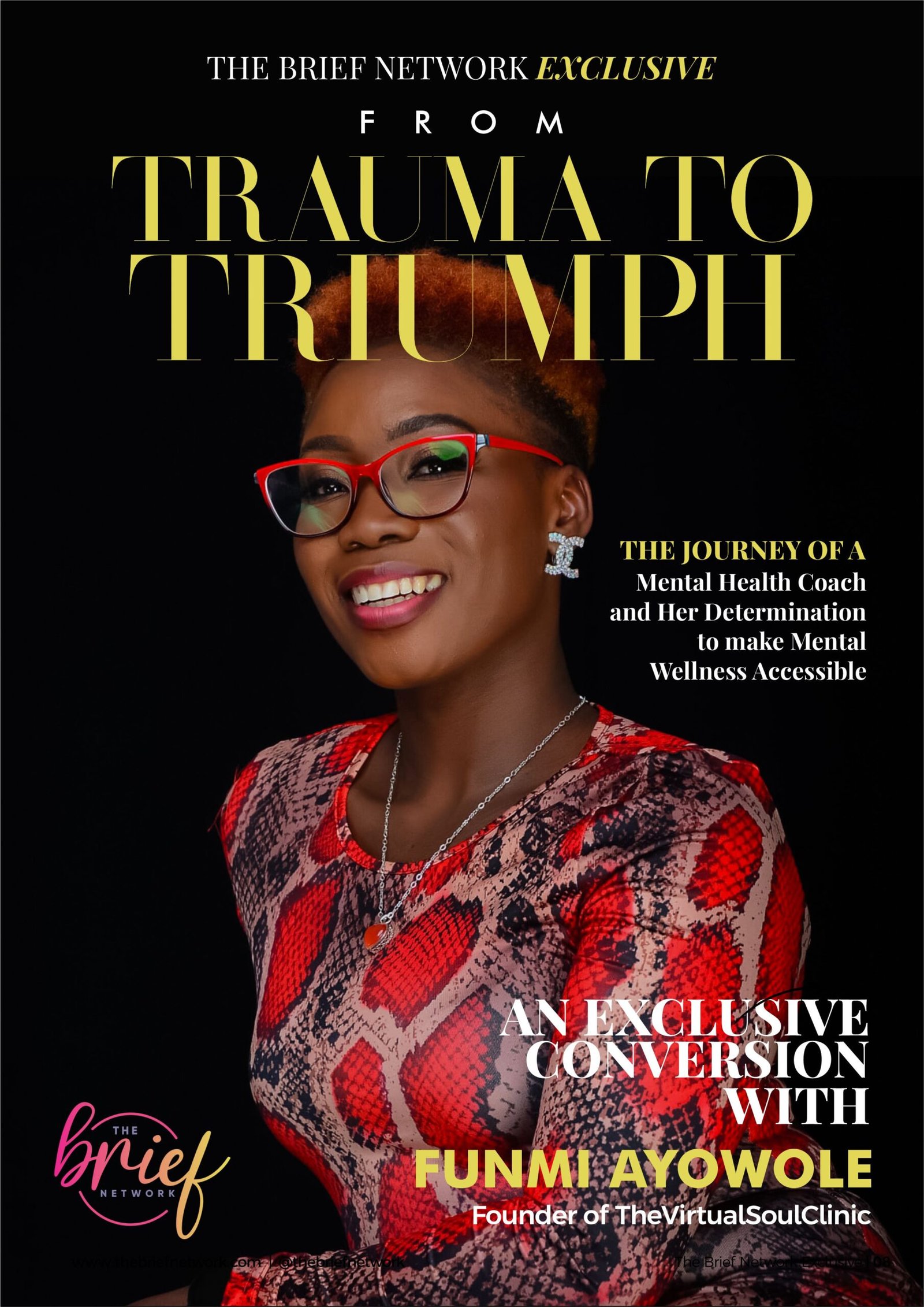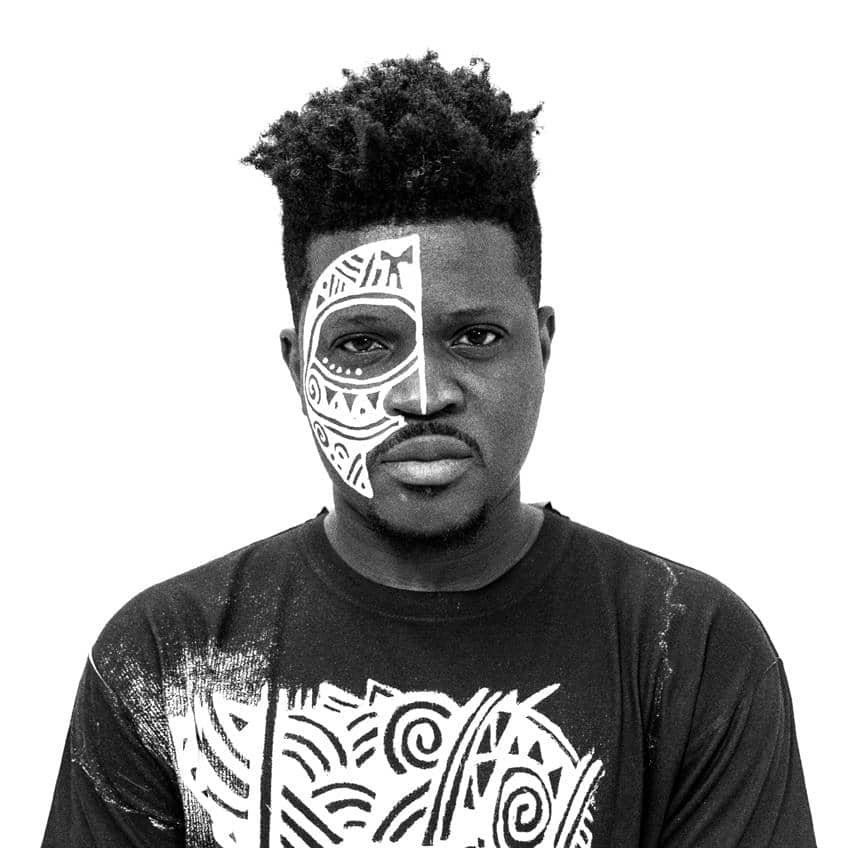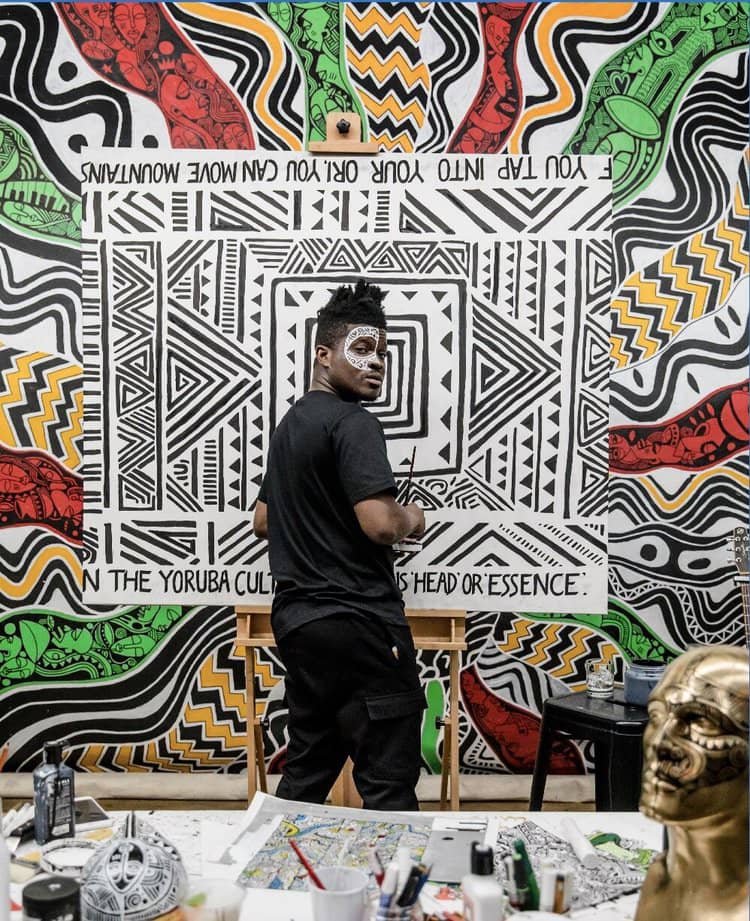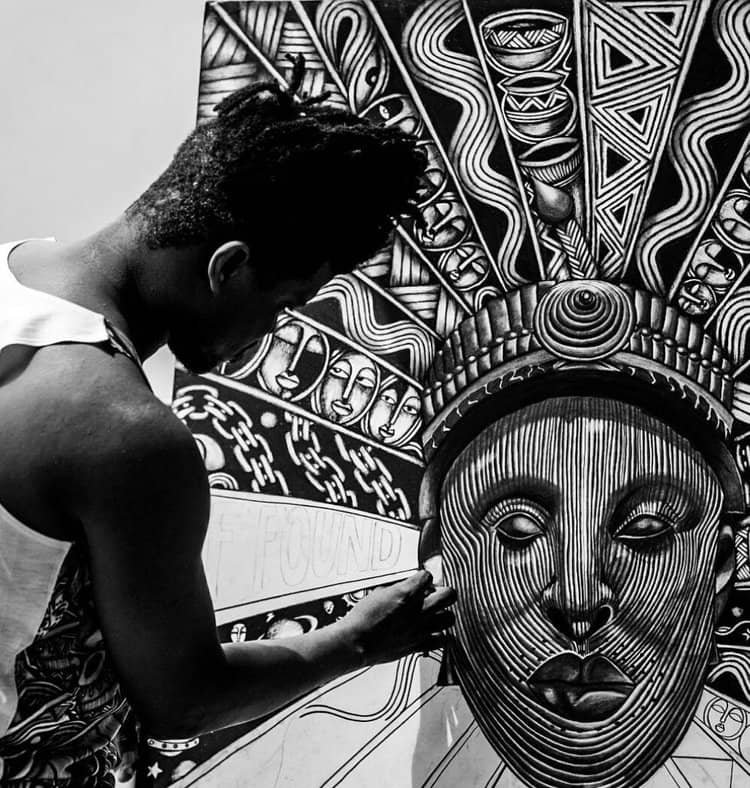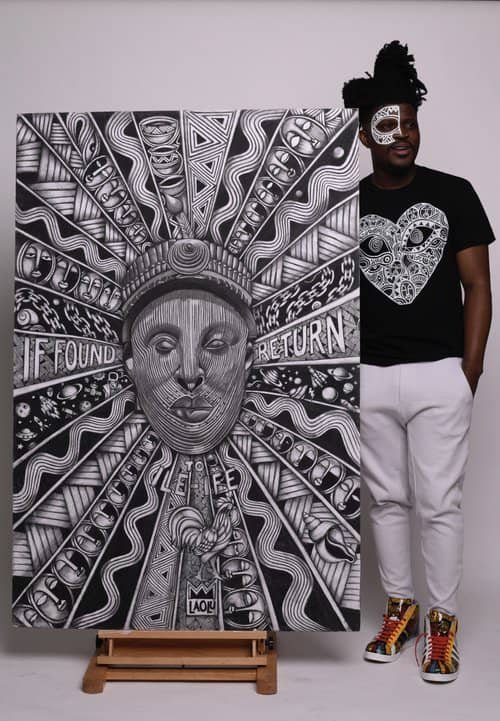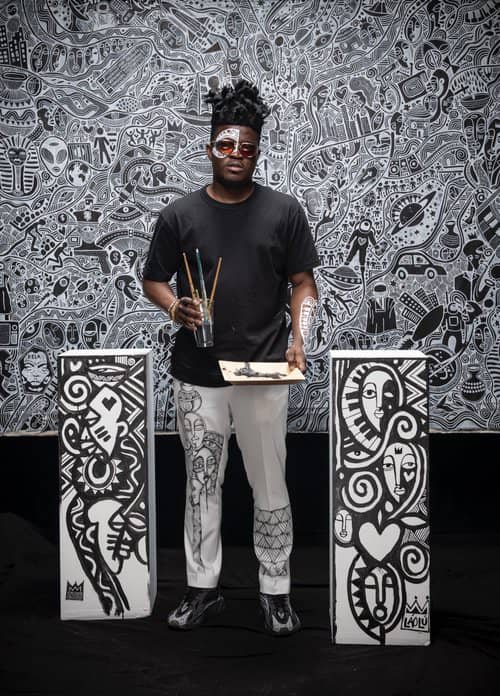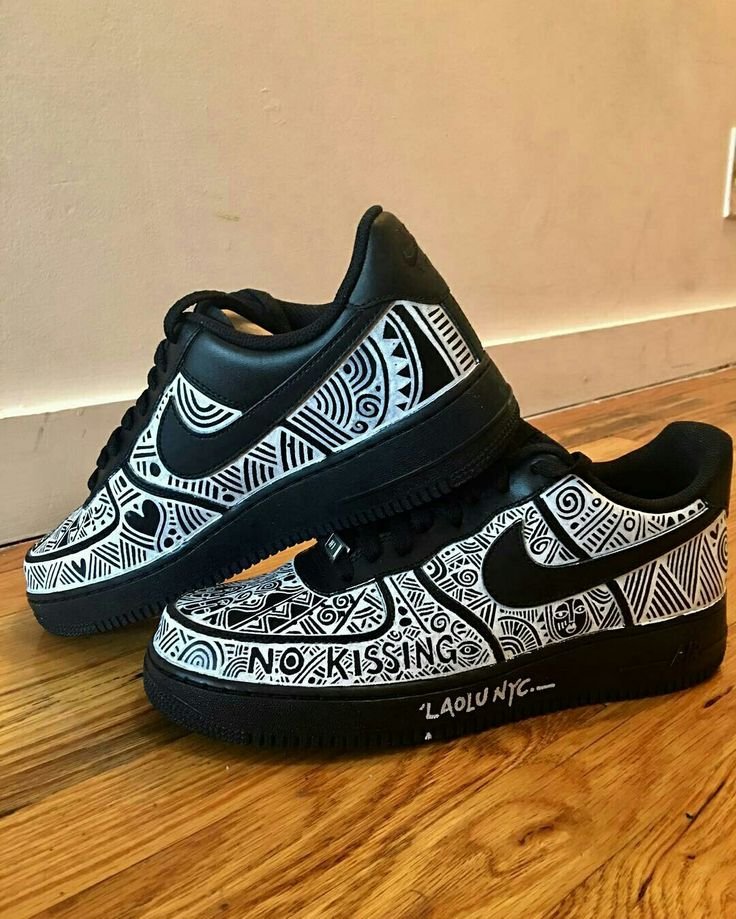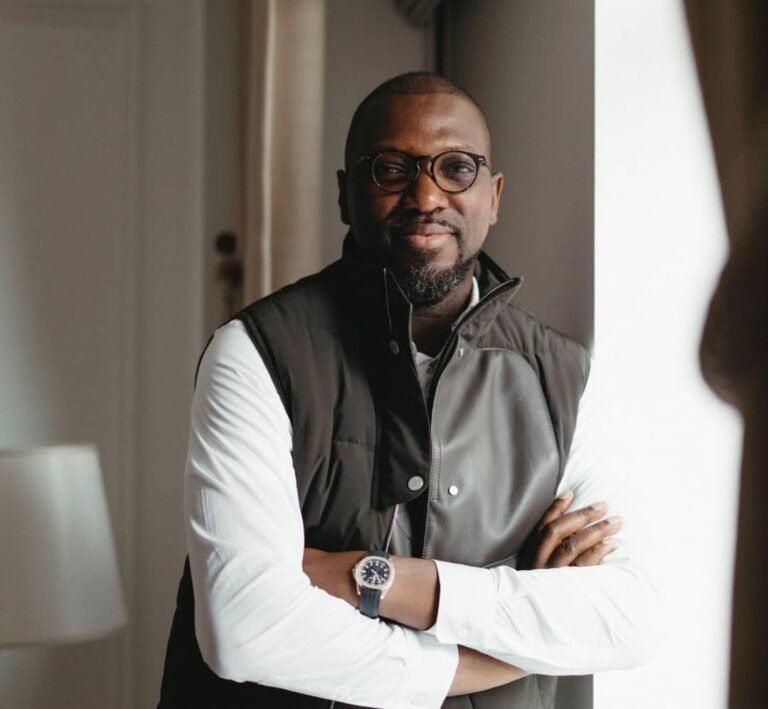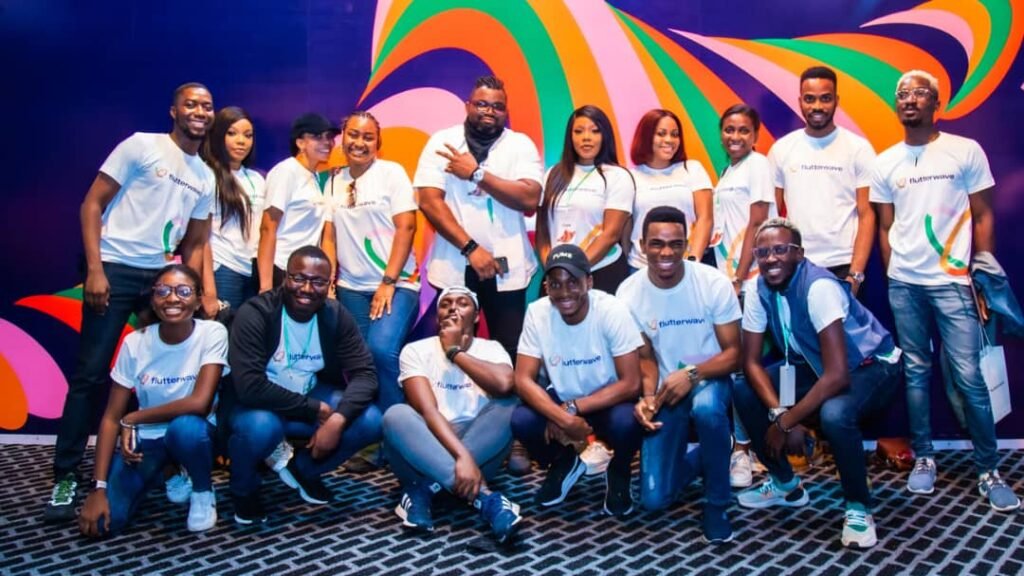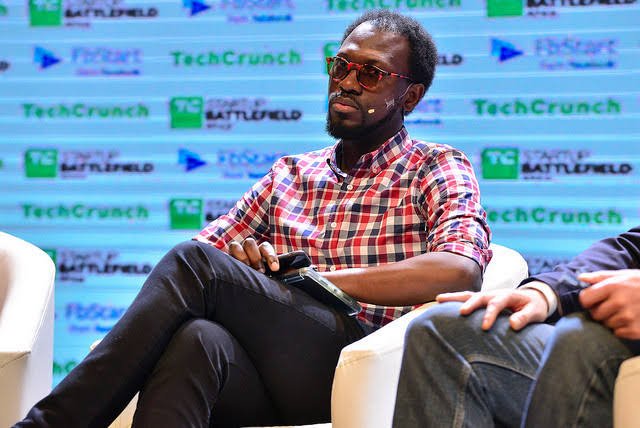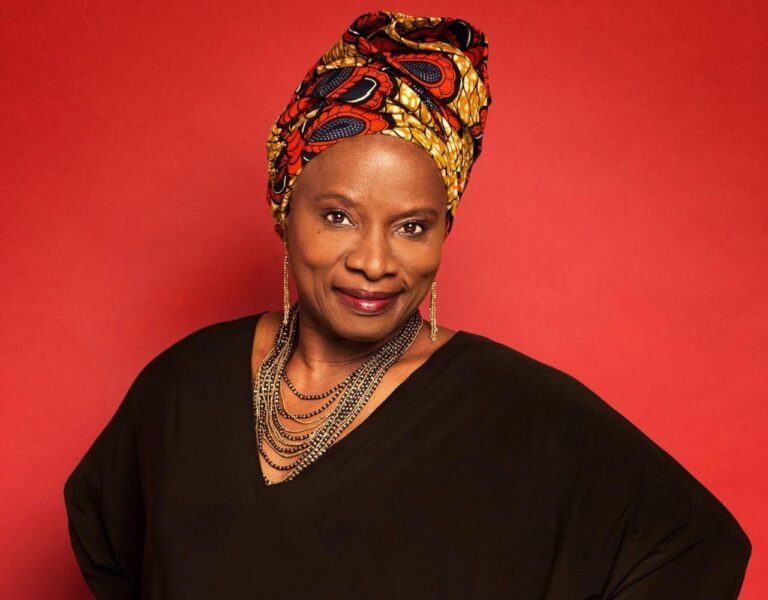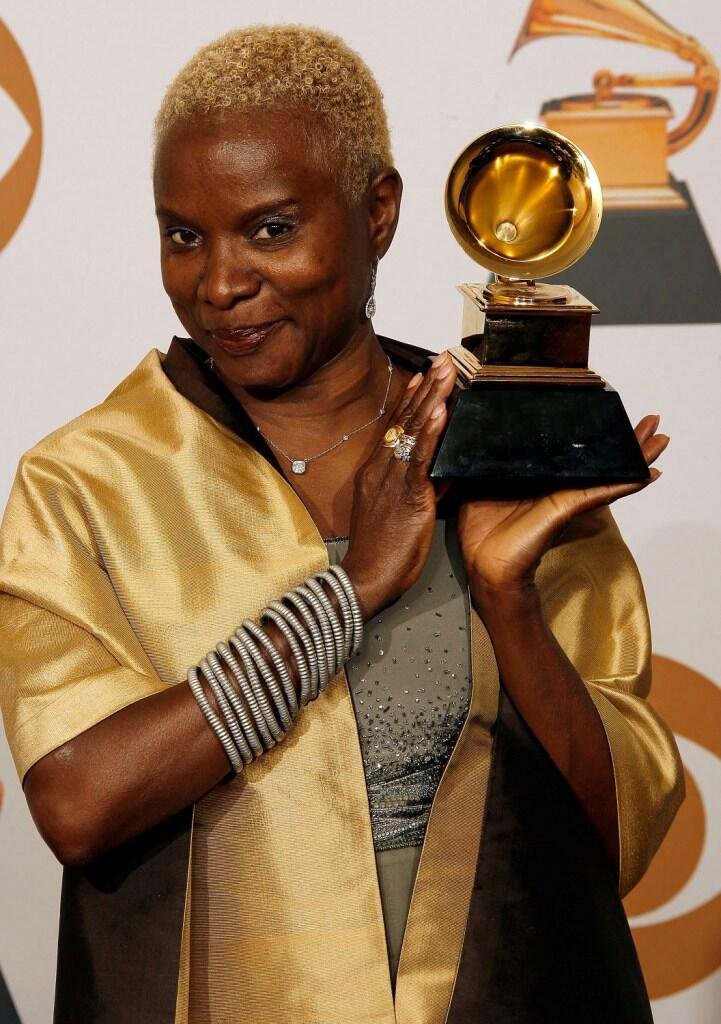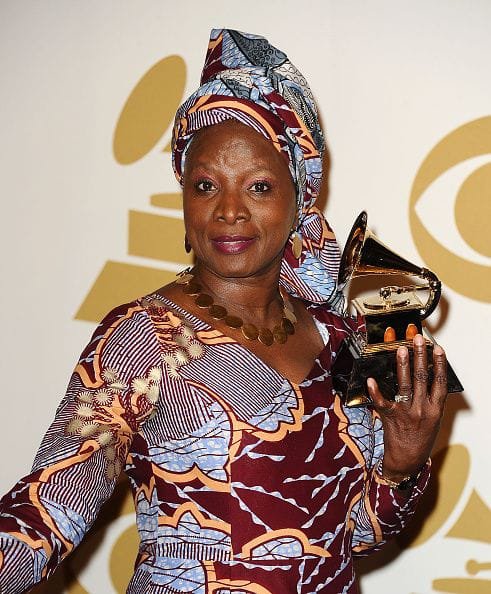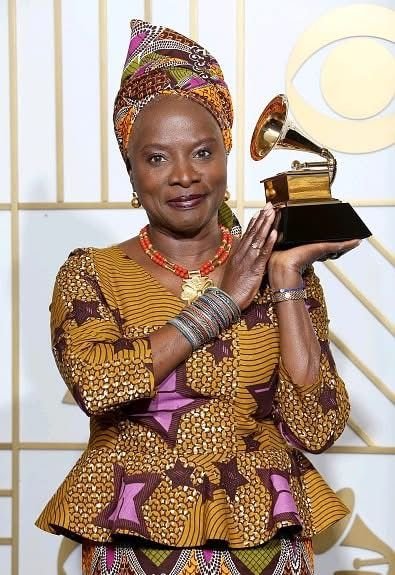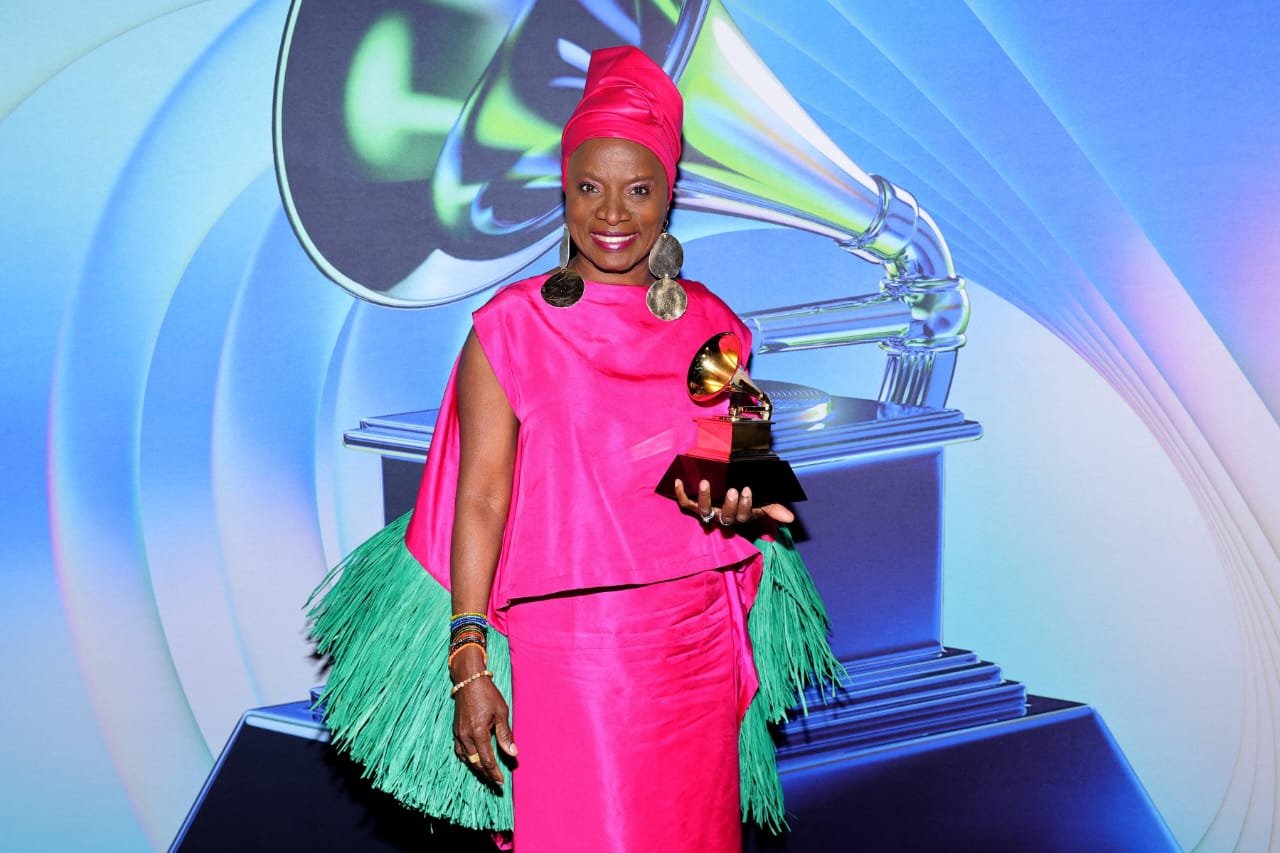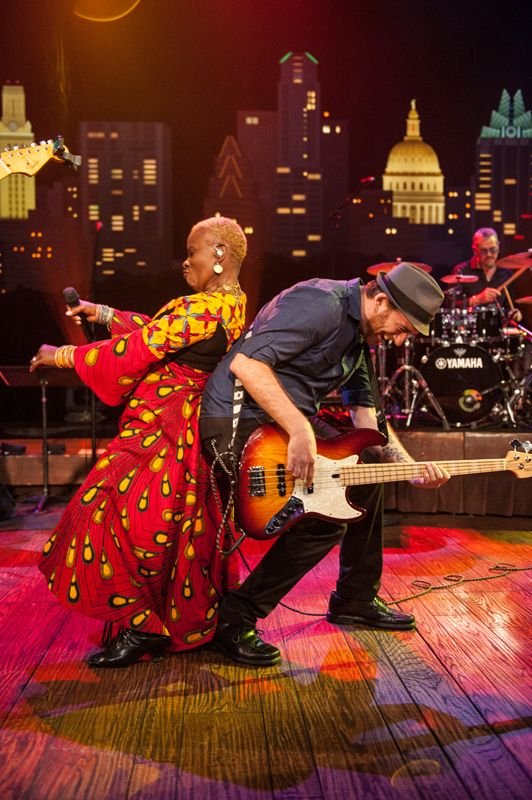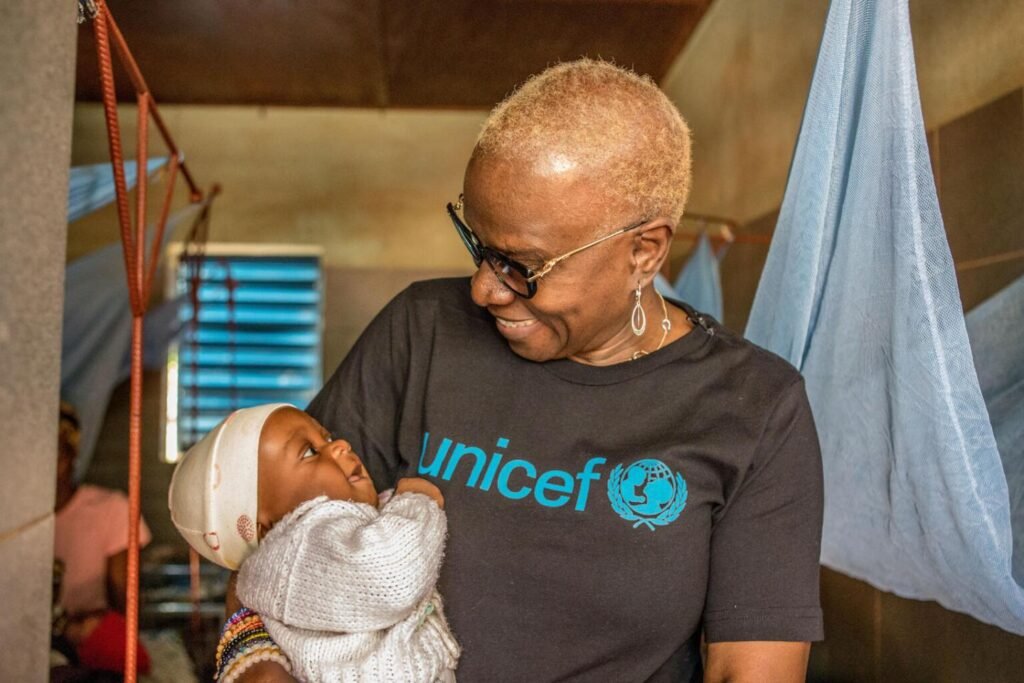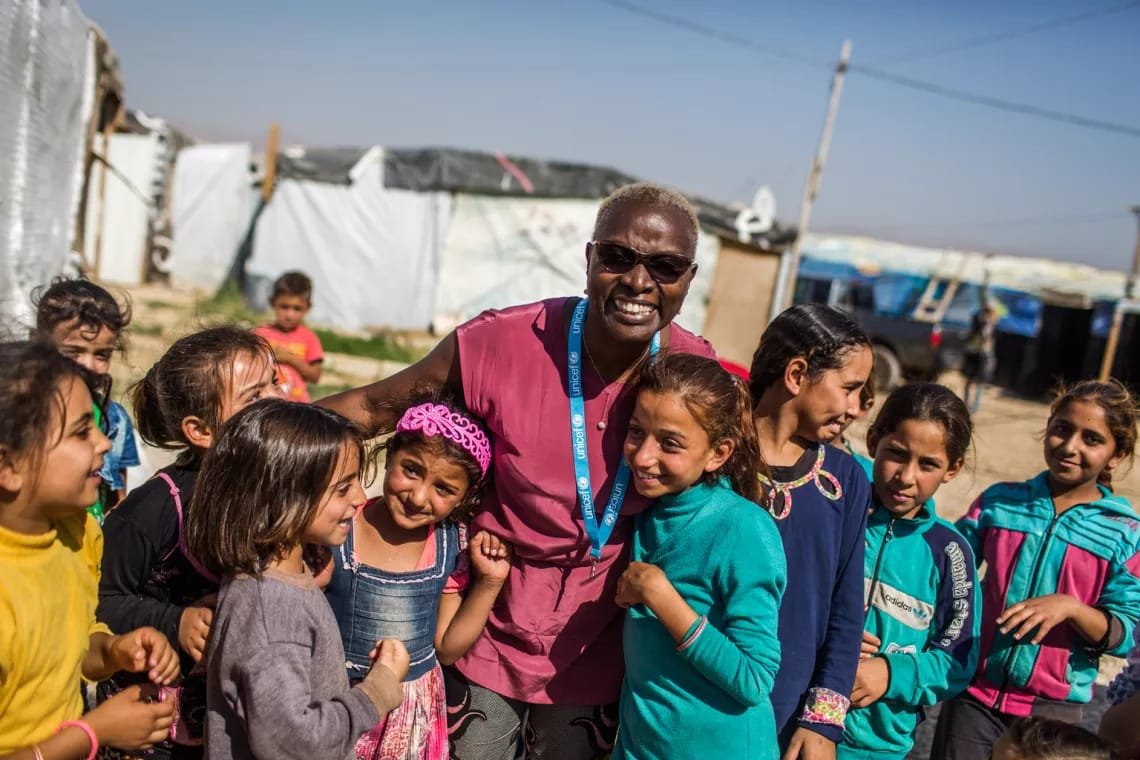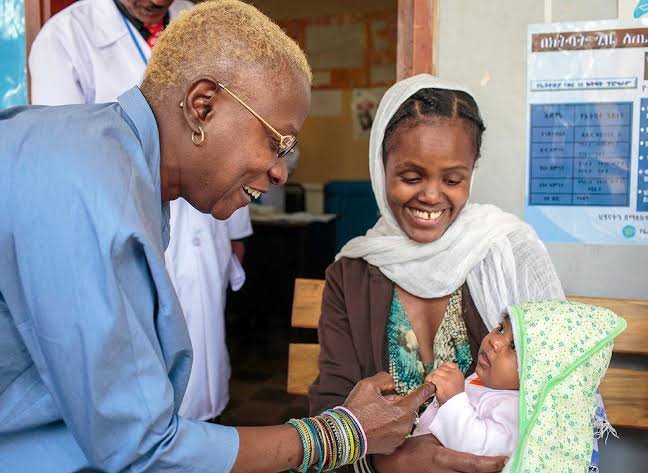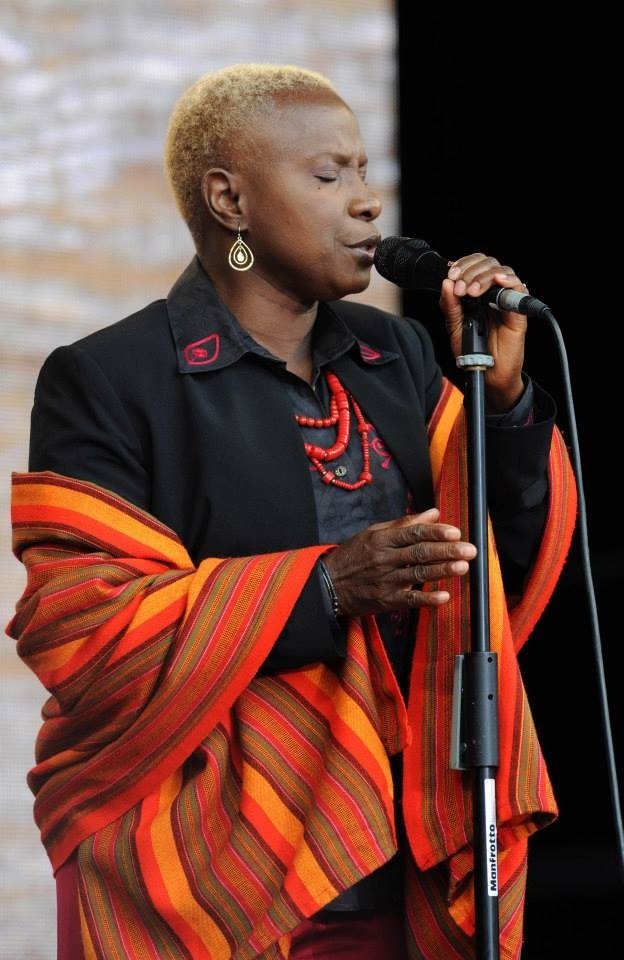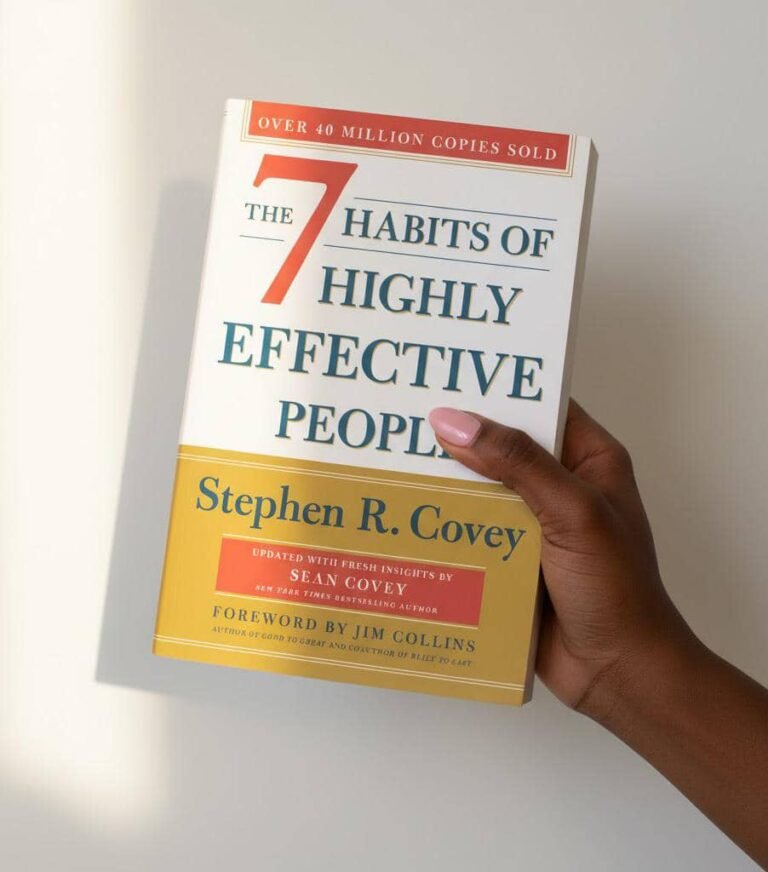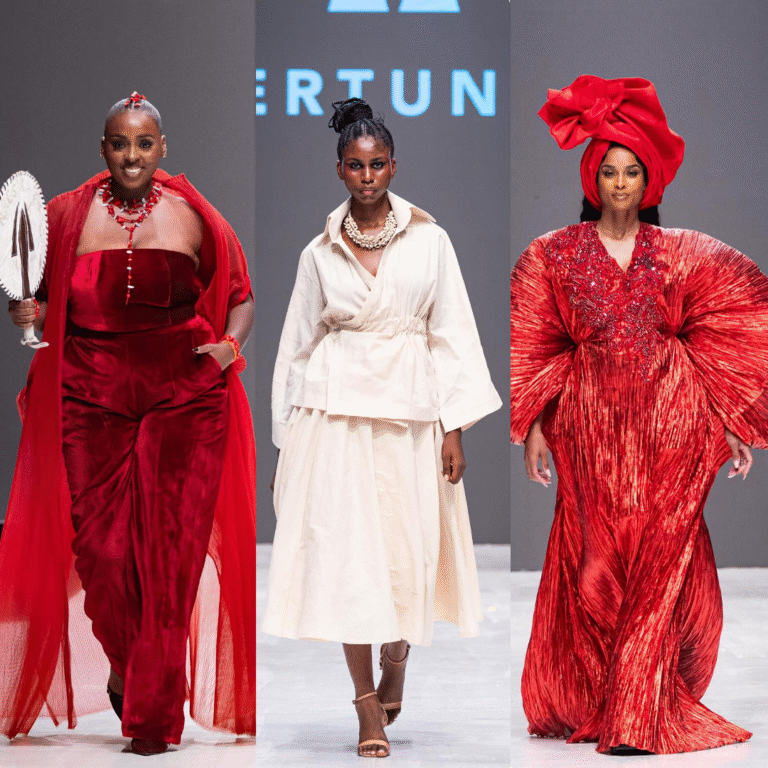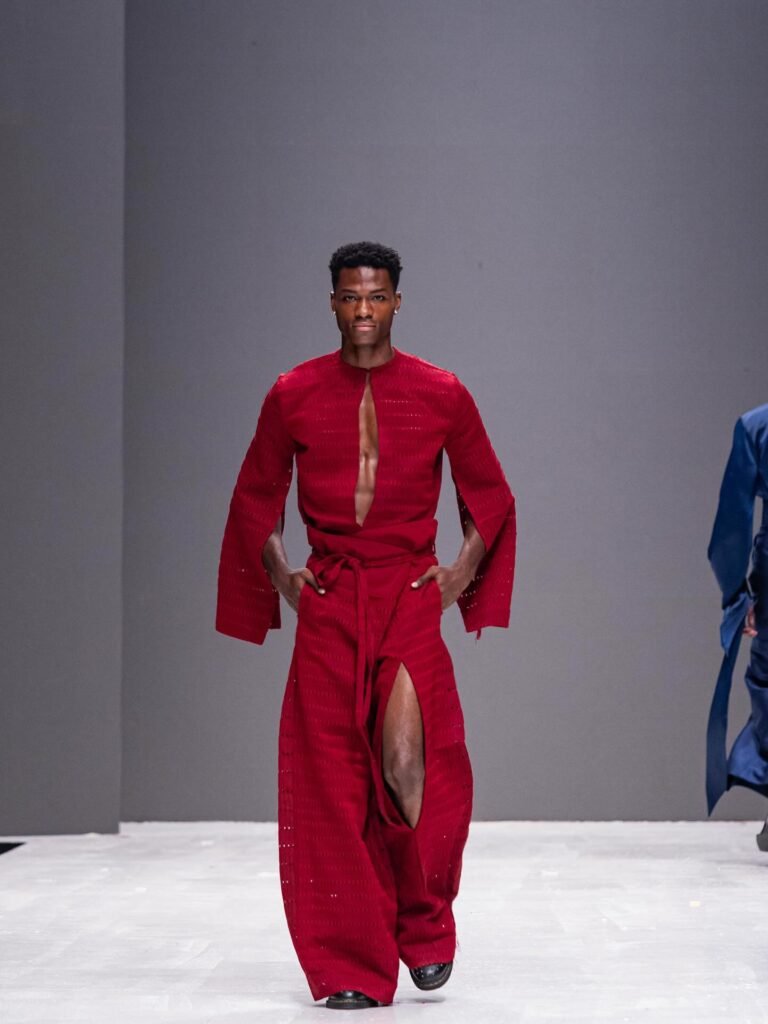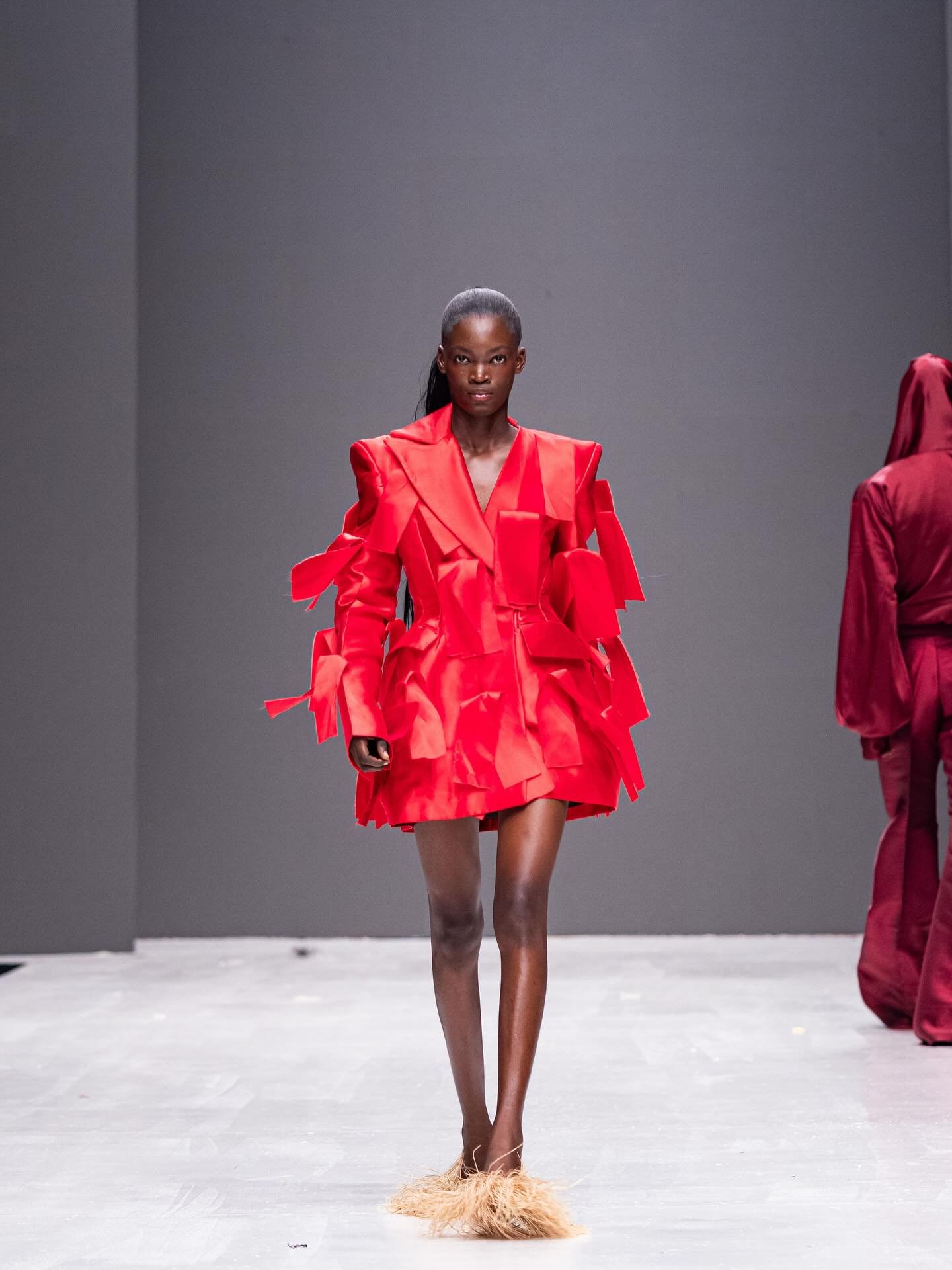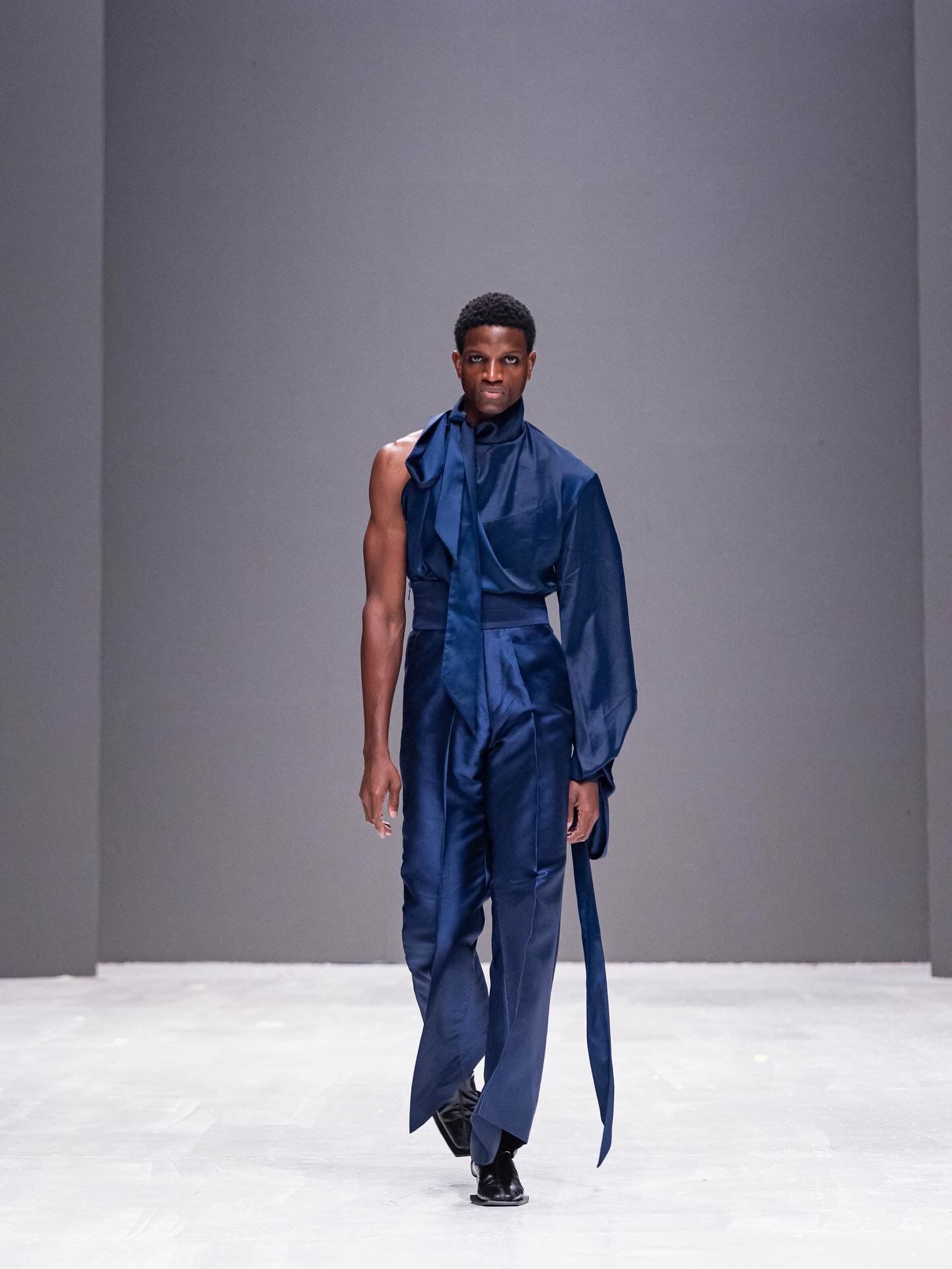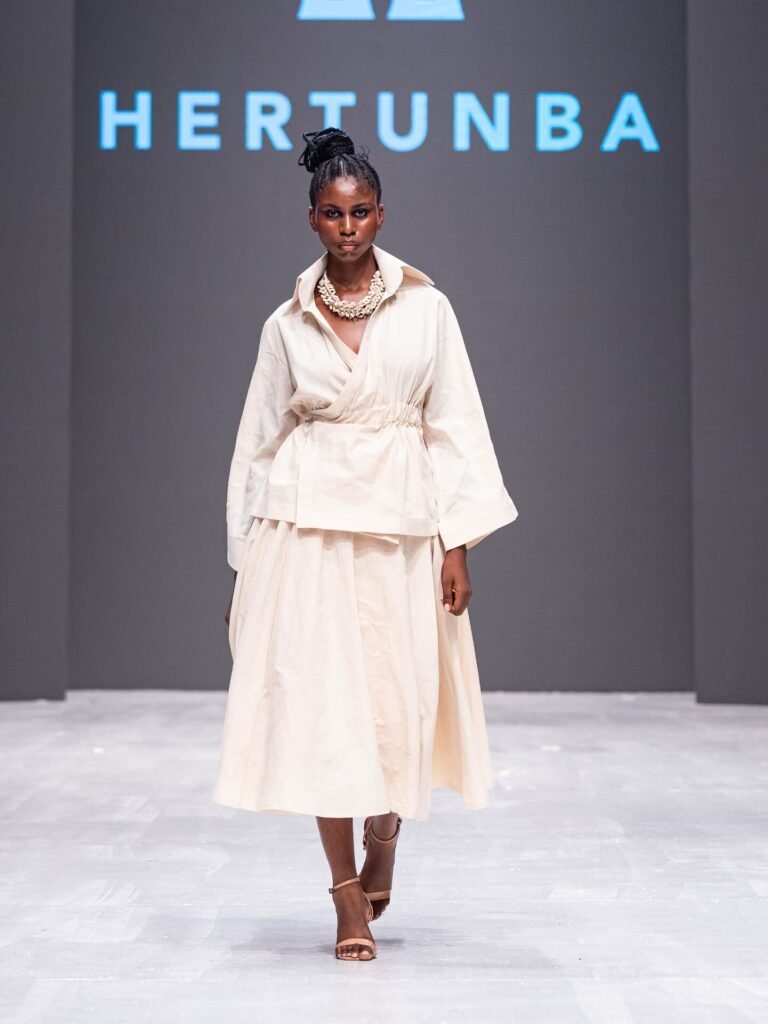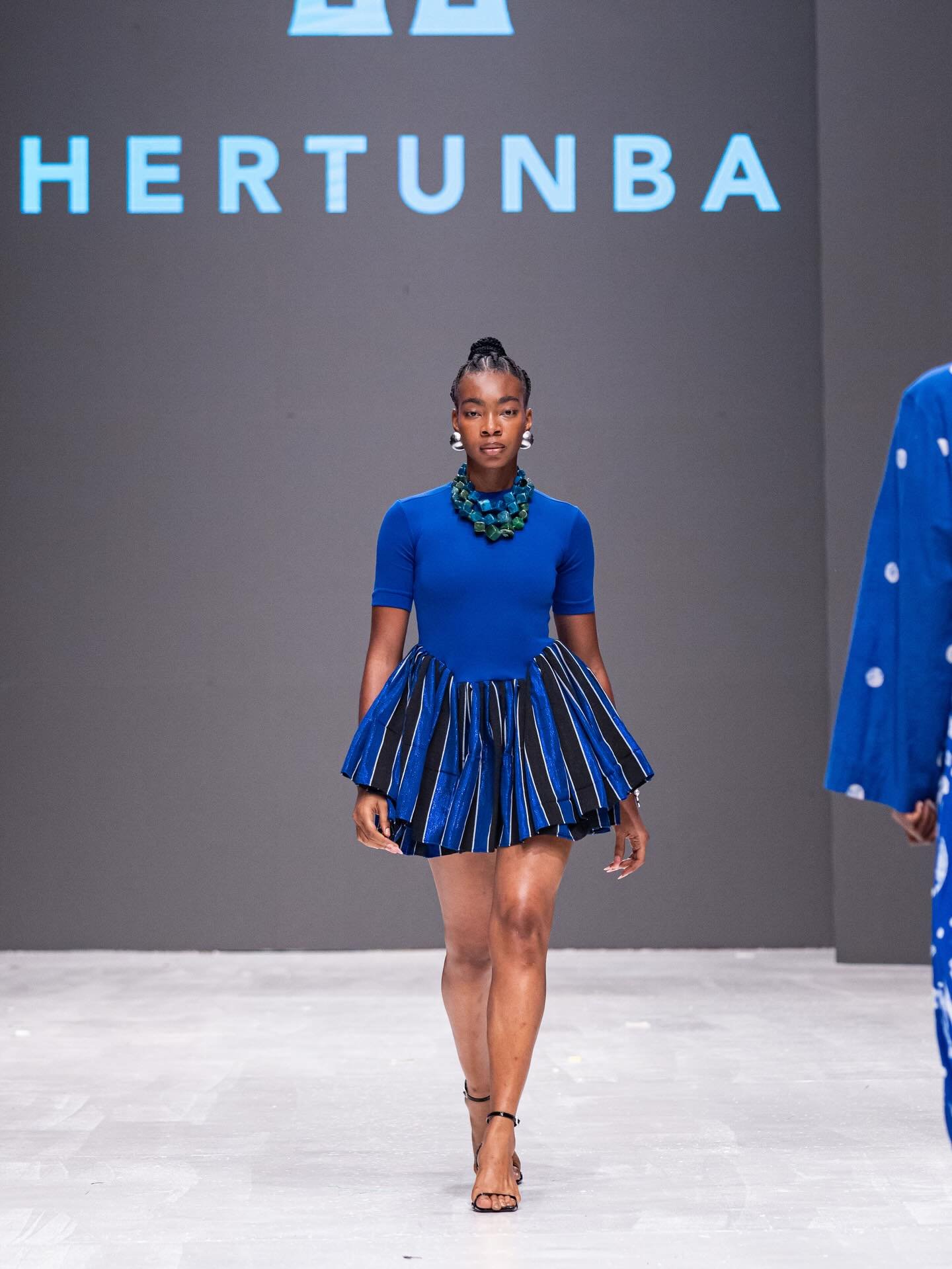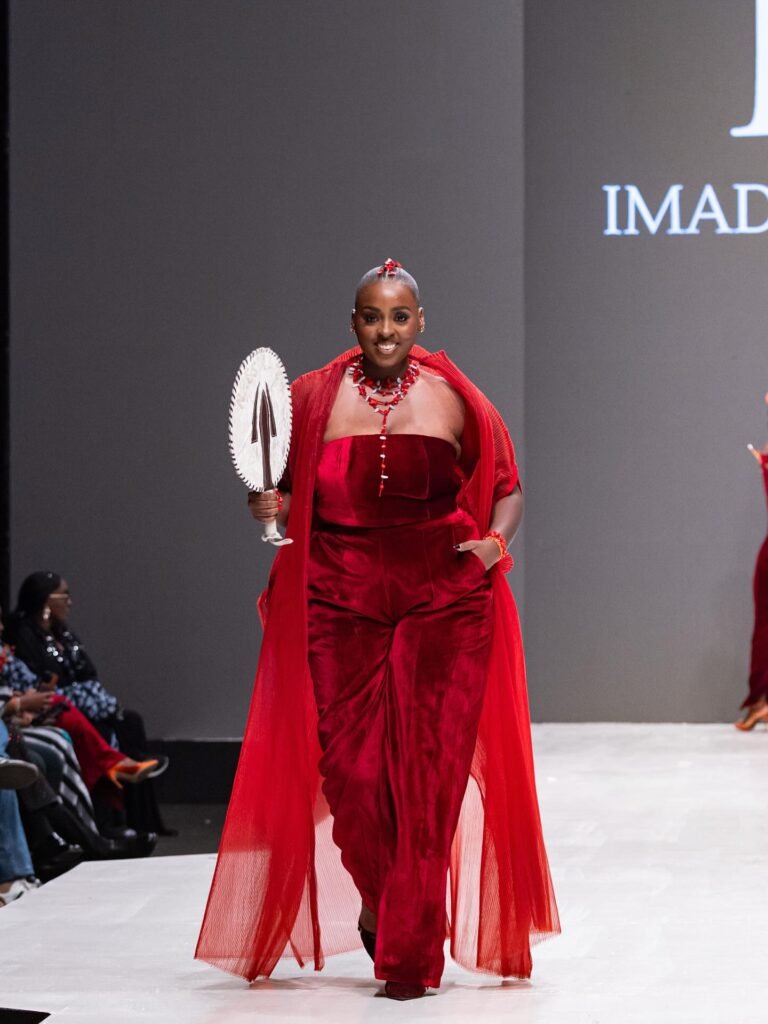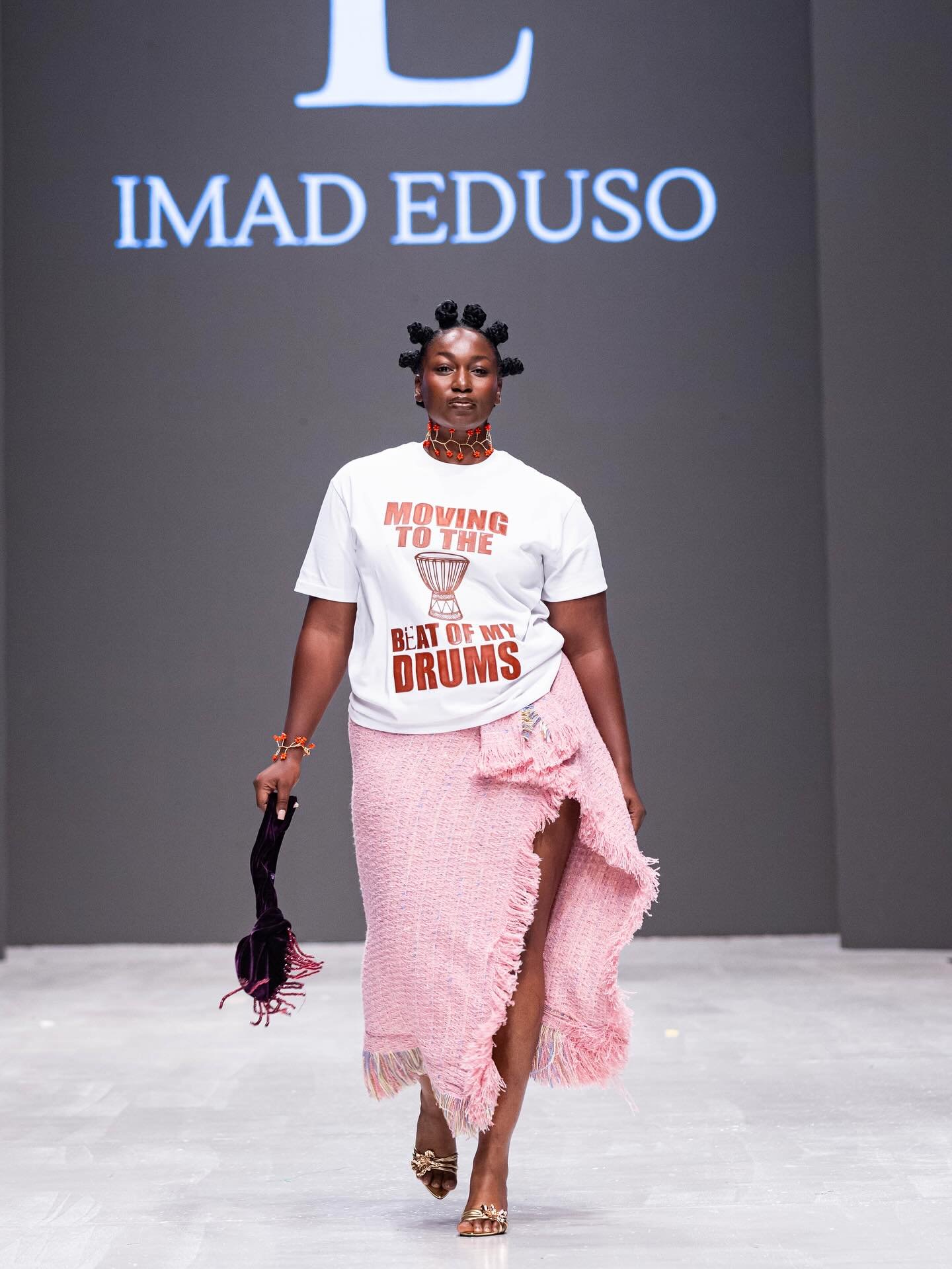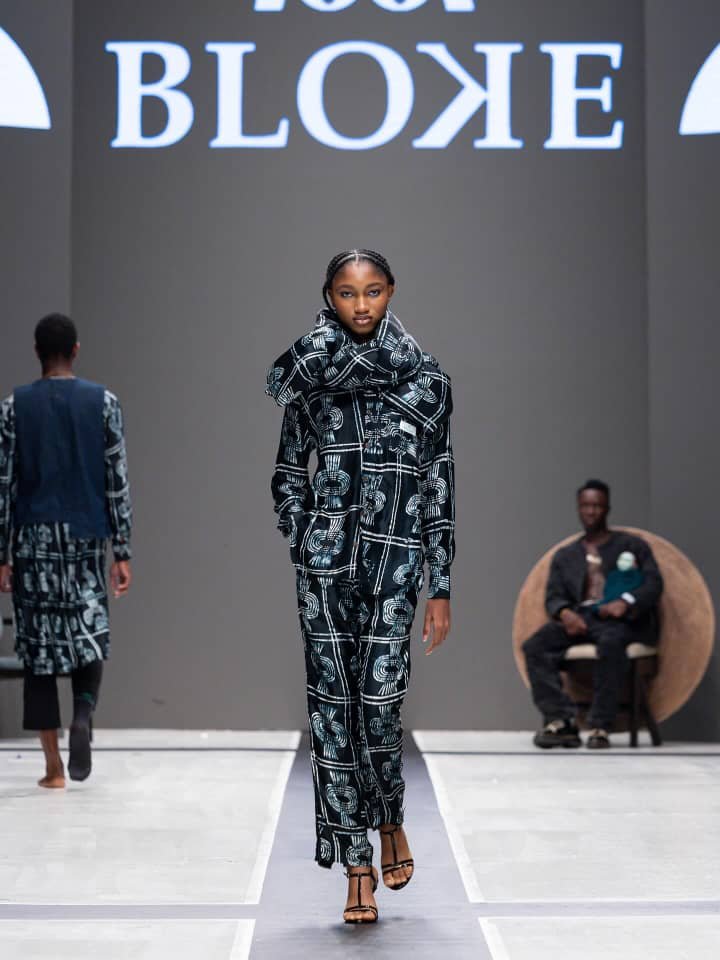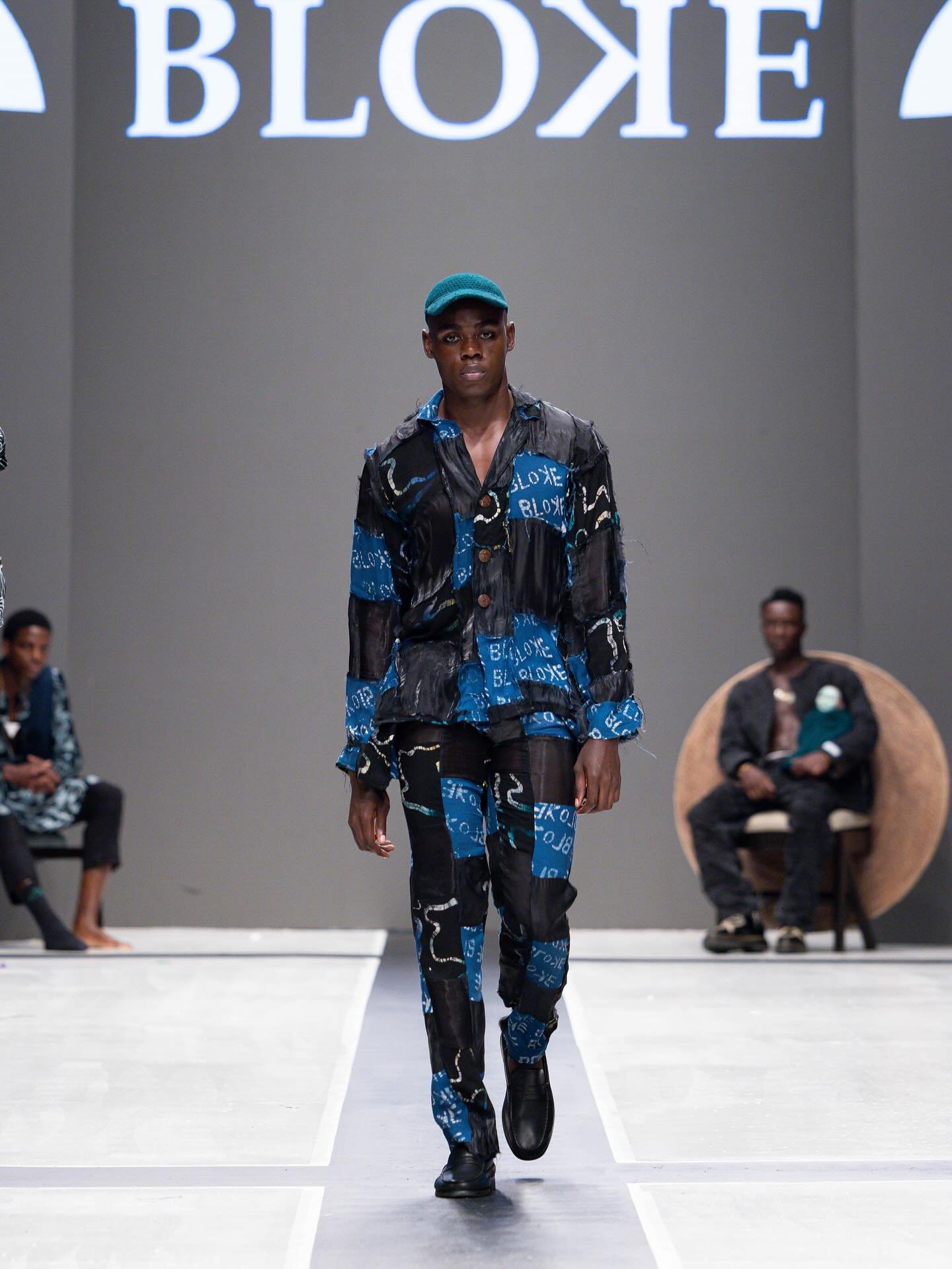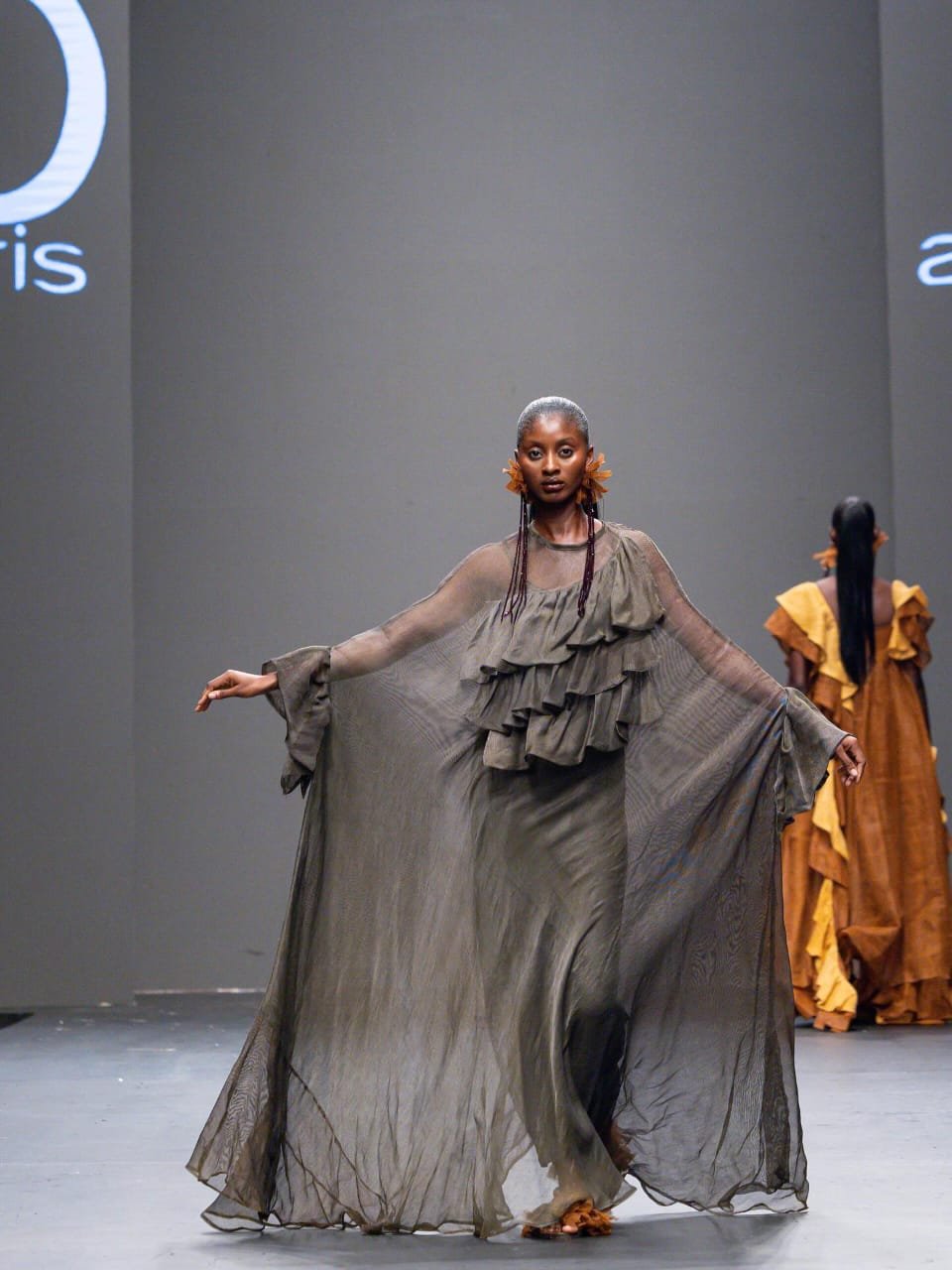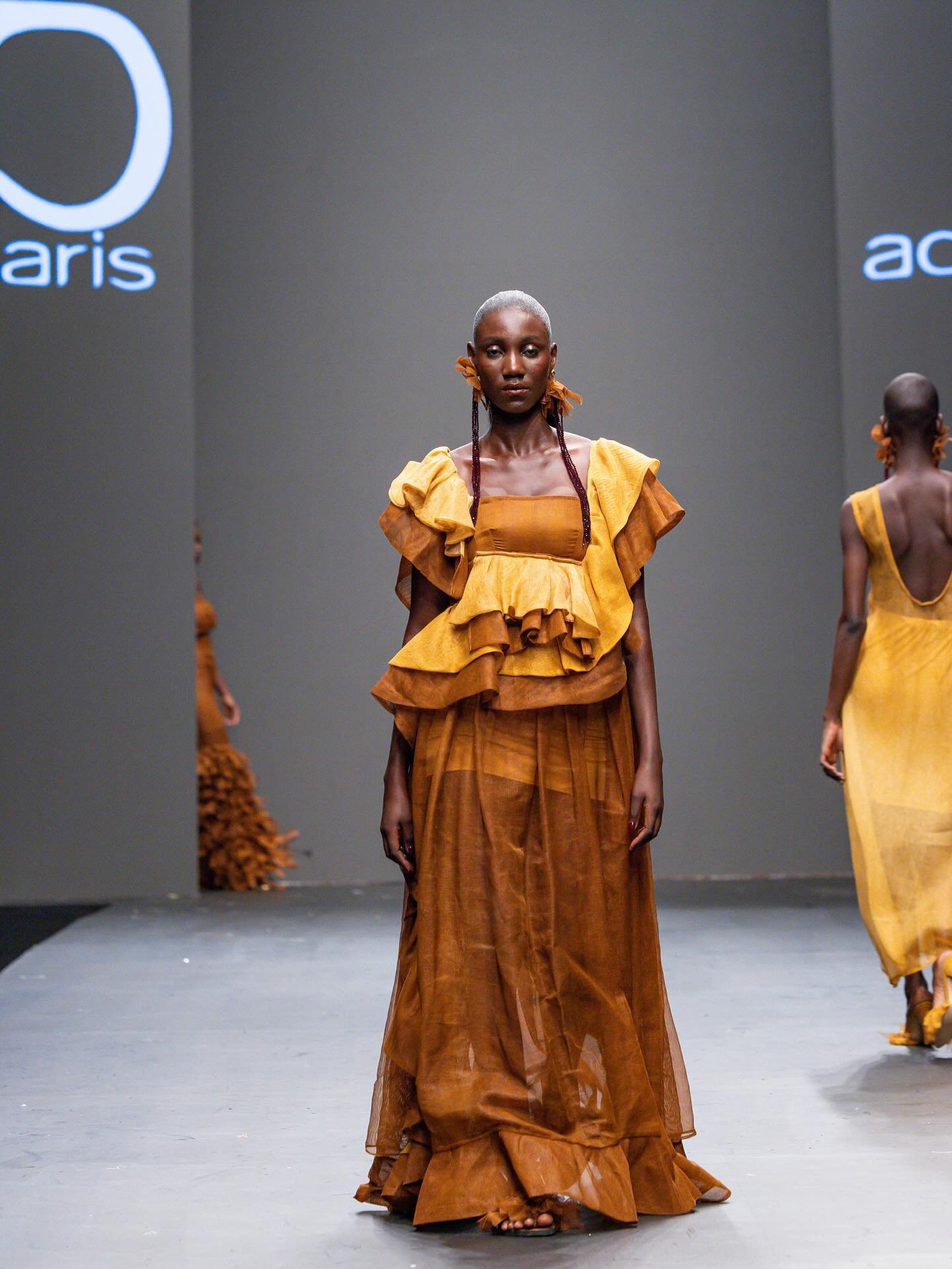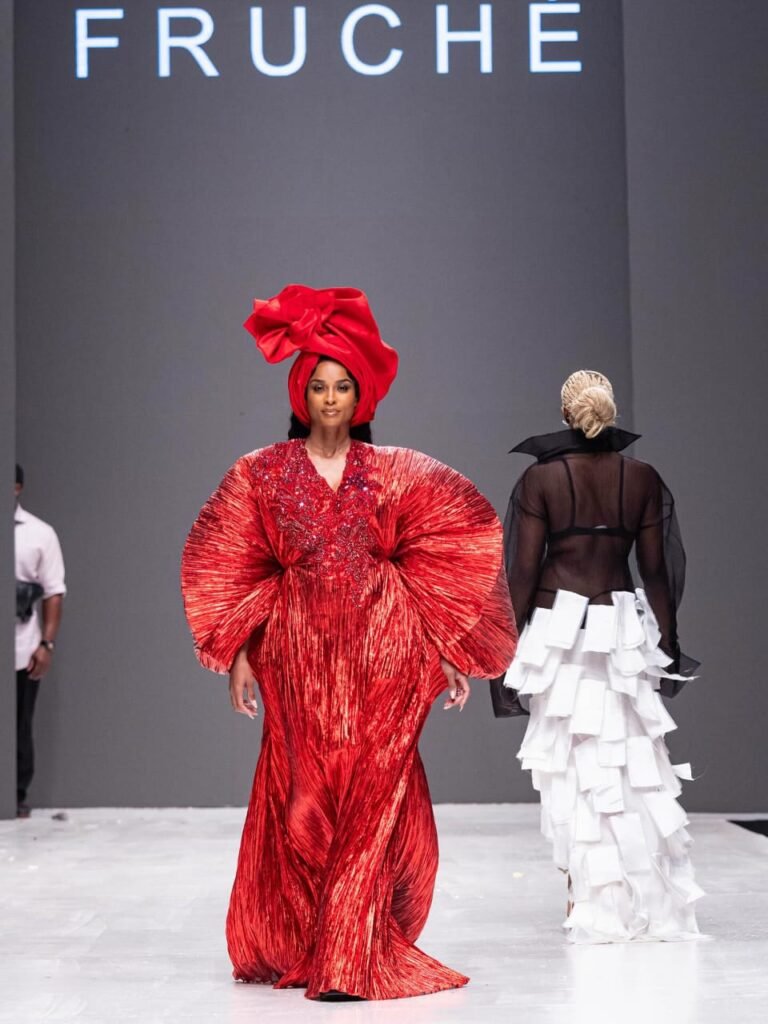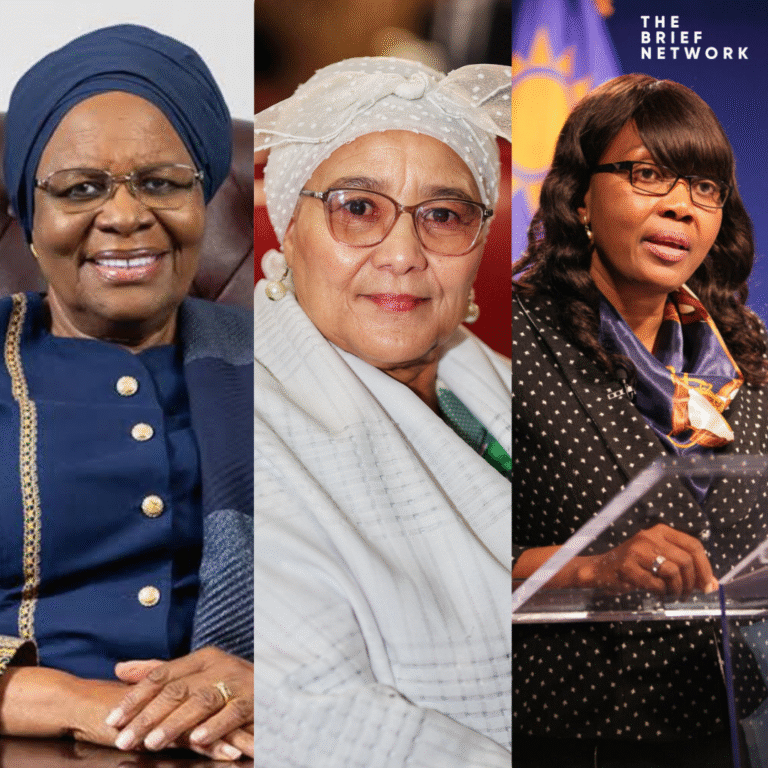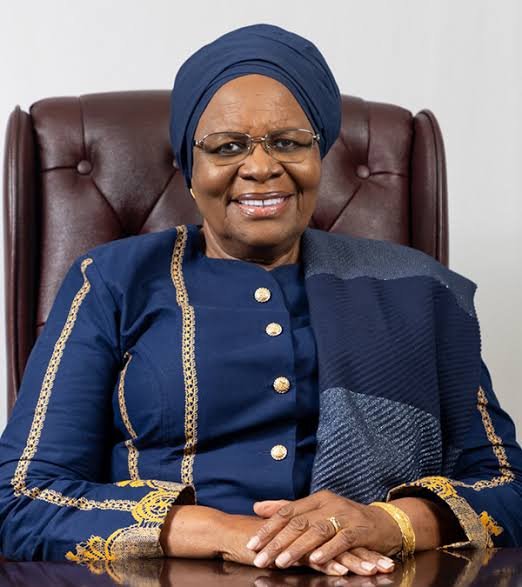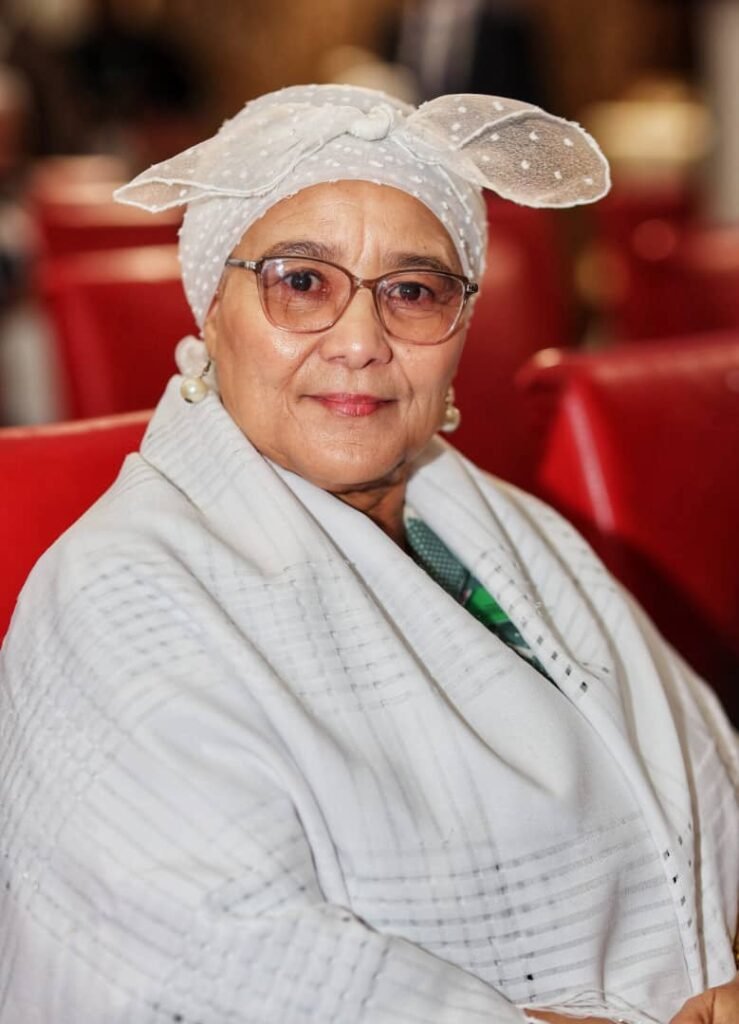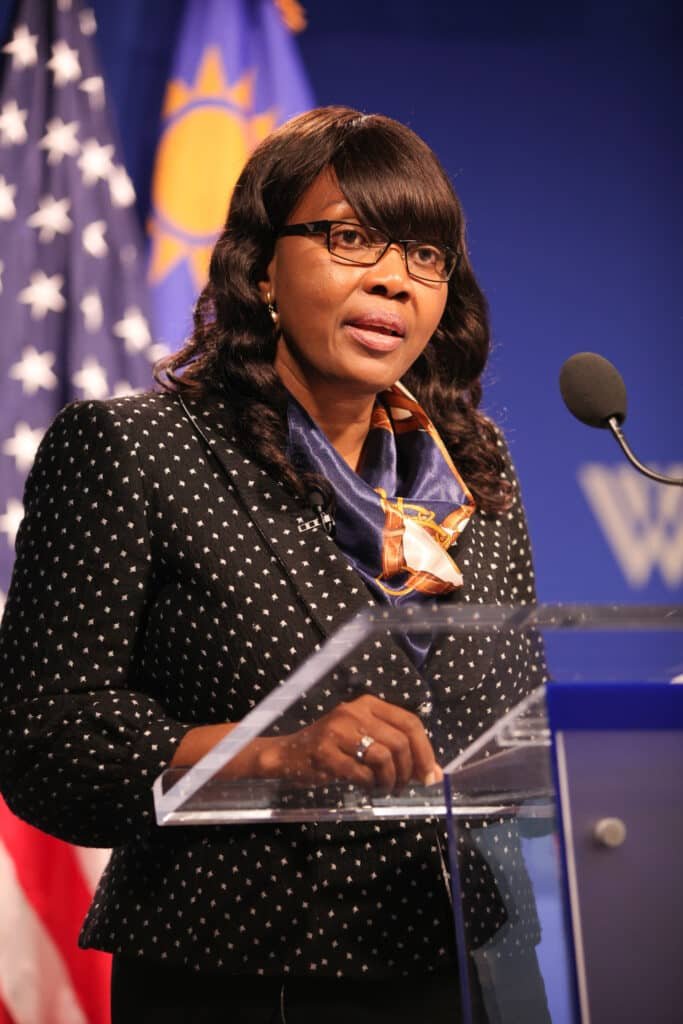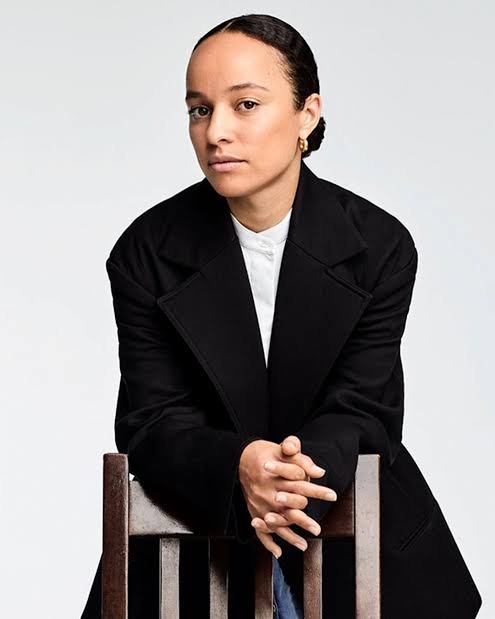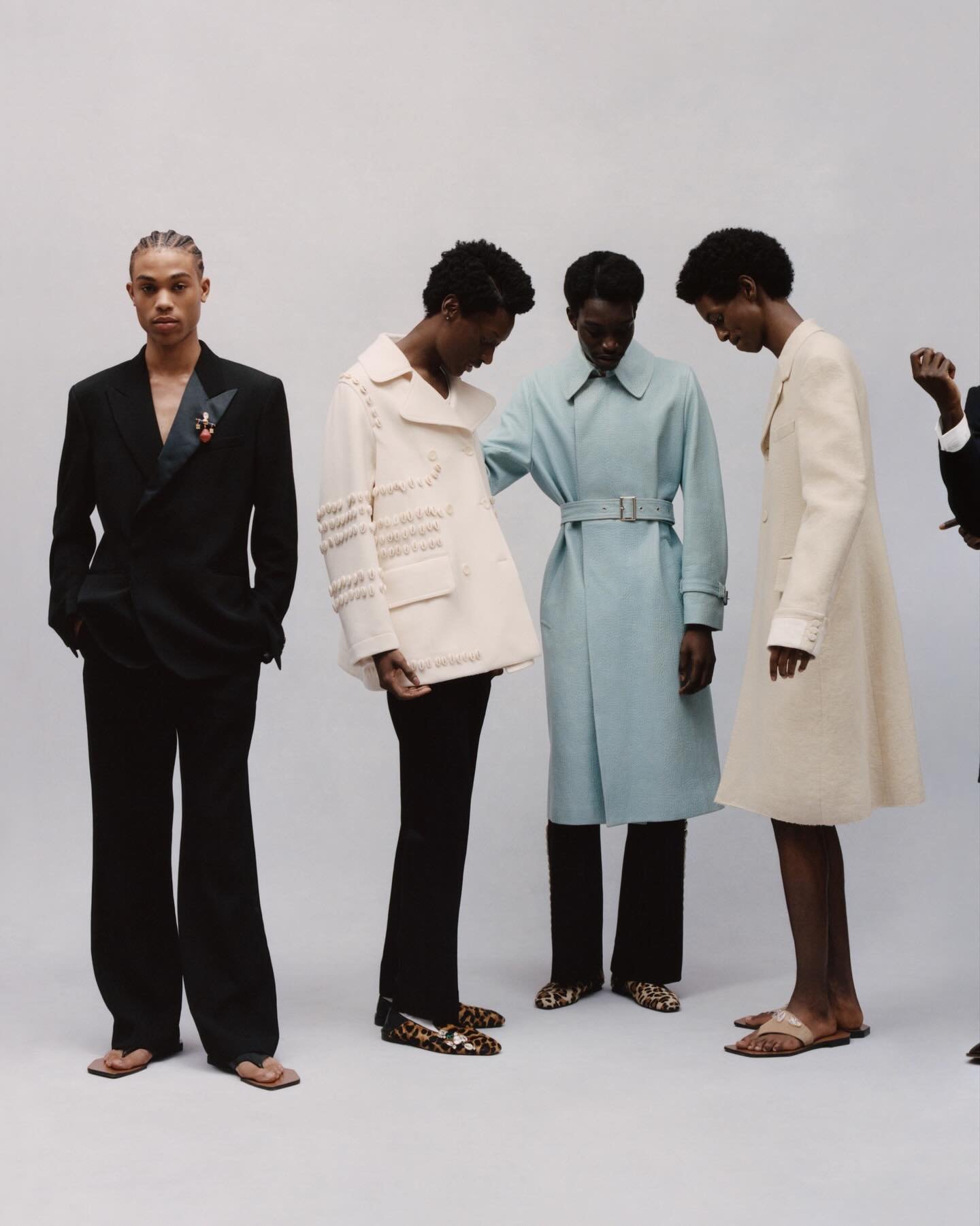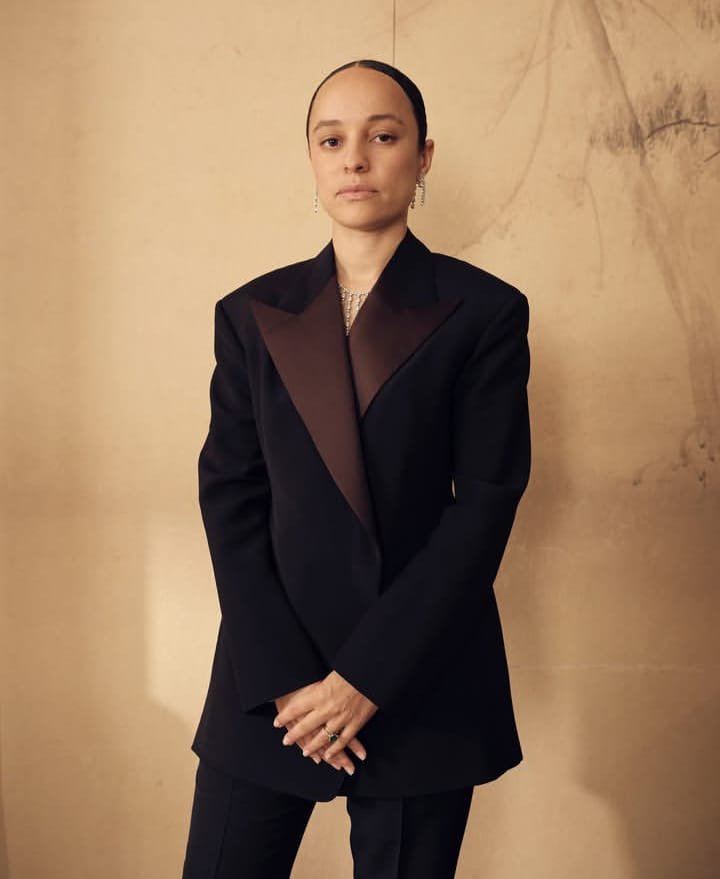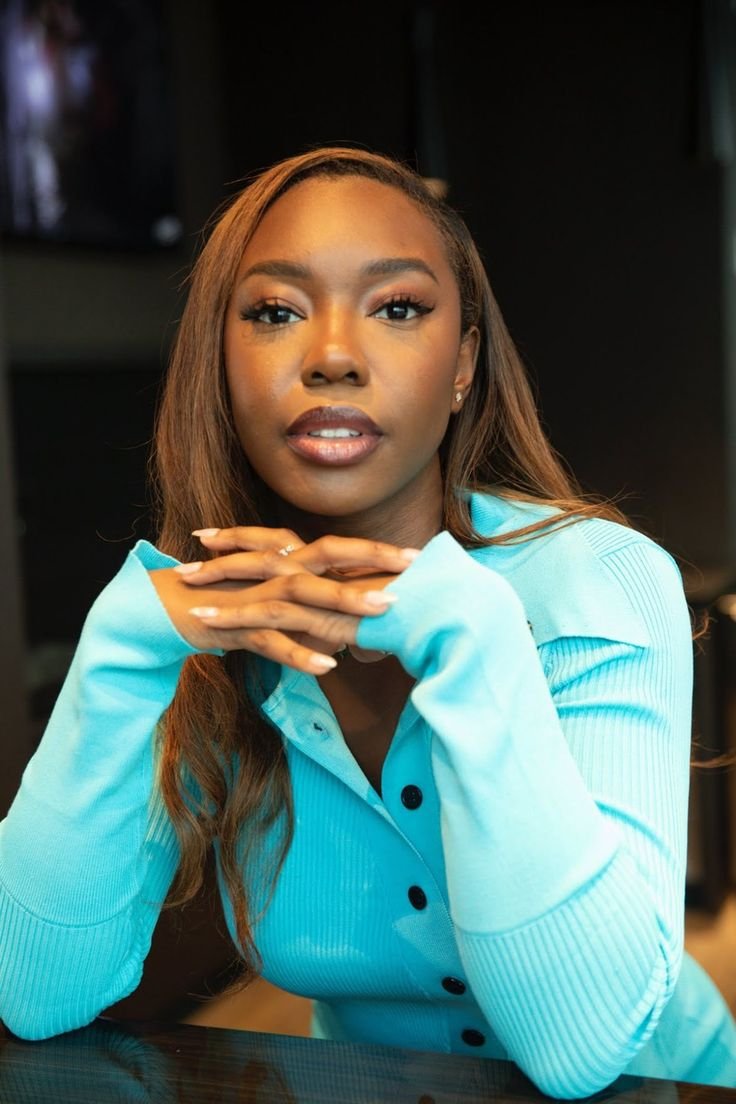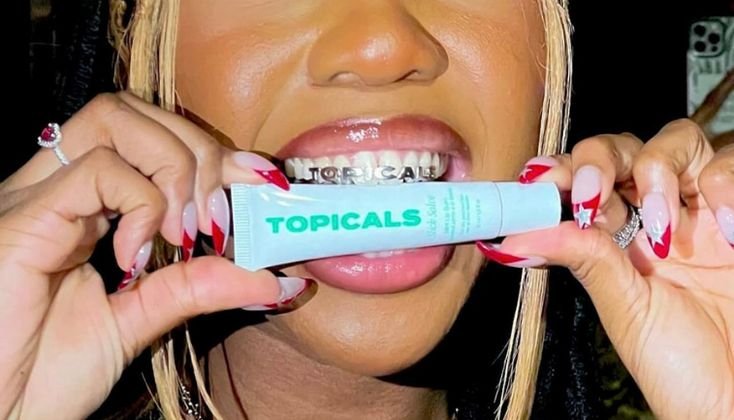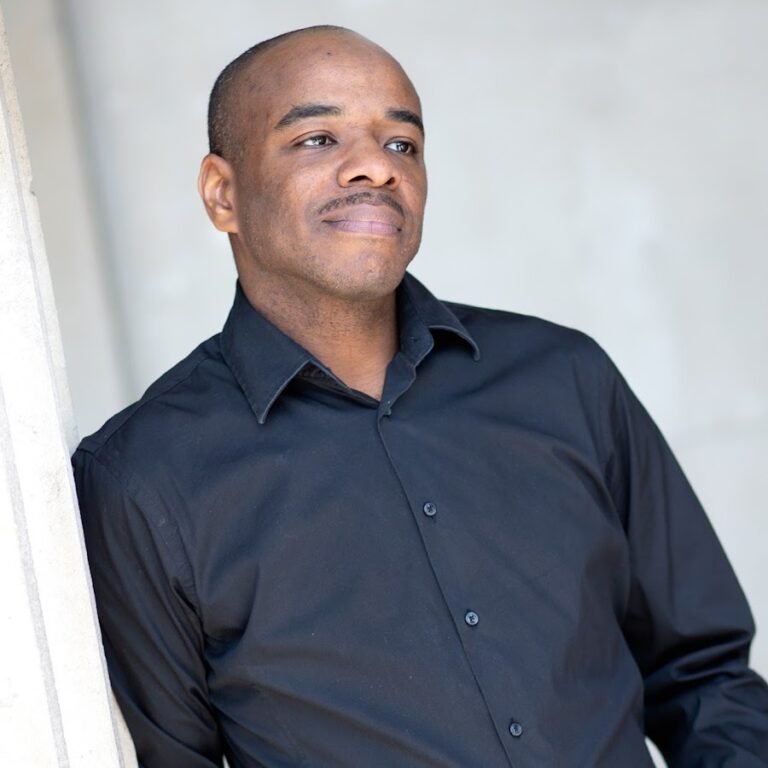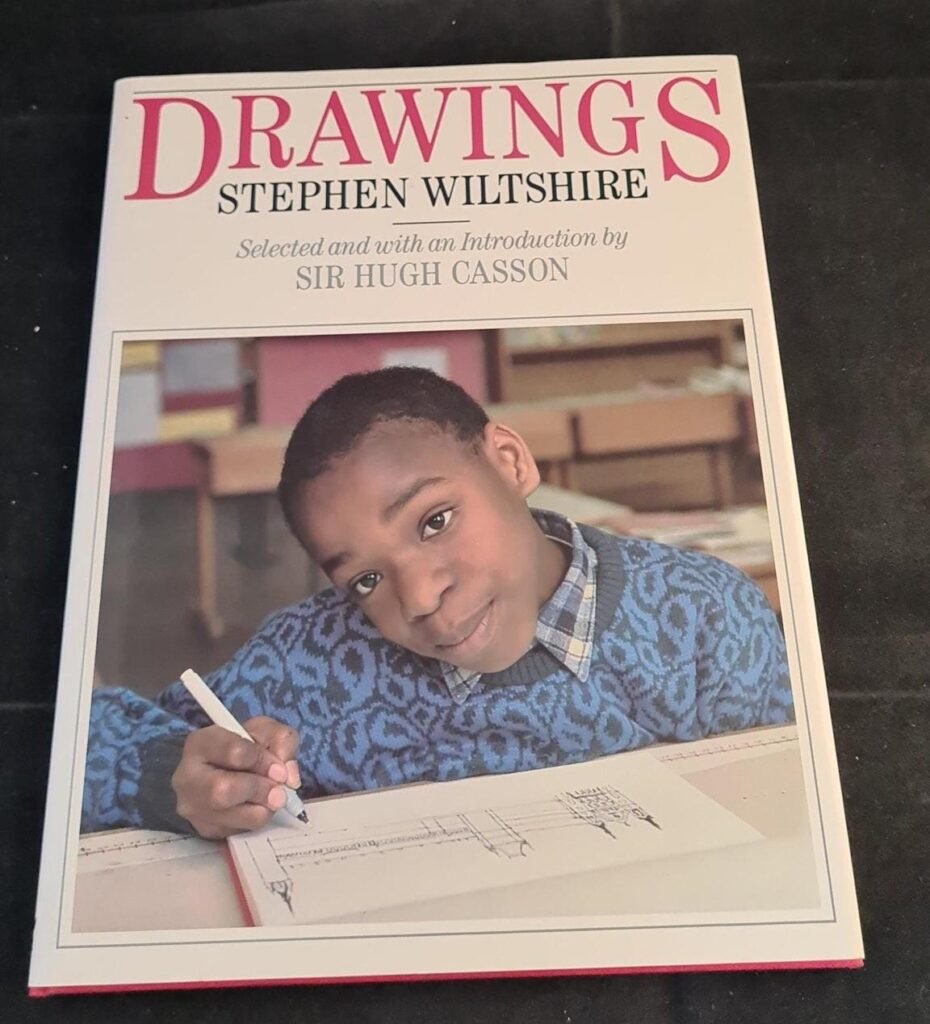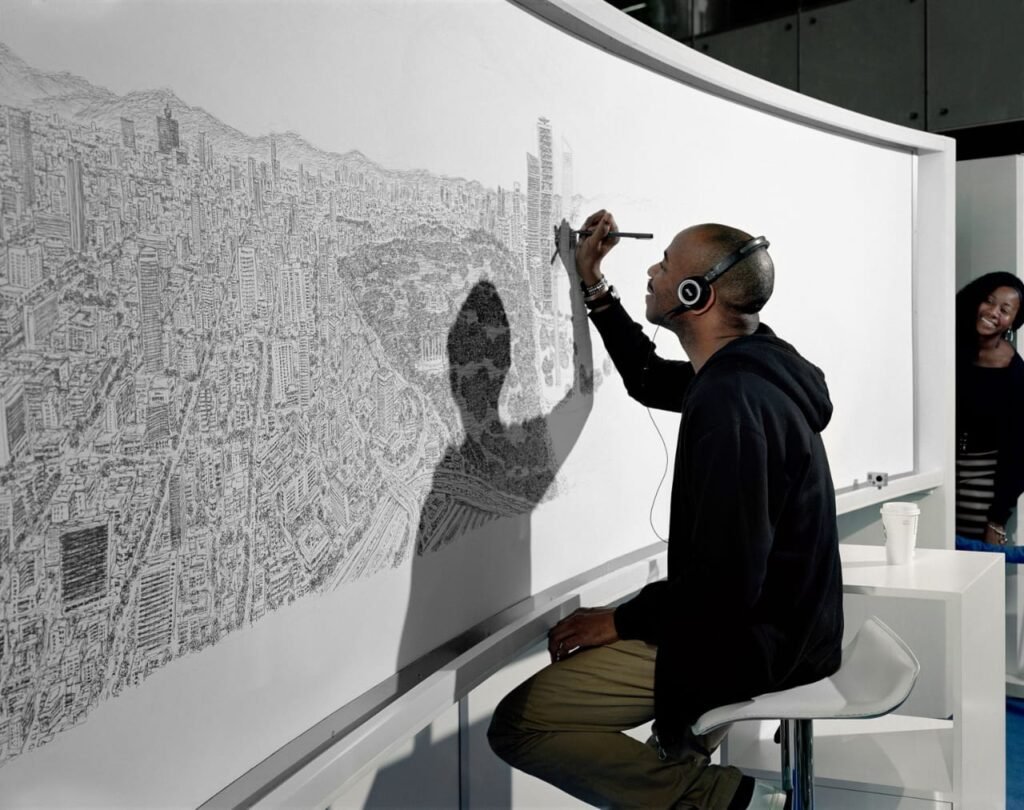Sleep is one of the body’s most essential healing processes. It regulates memory, mood, hormonal balance, immunity, and overall wellbeing. Yet many people go to bed each night and wake up feeling no better than when they slept. This happens when sleep becomes light, fragmented, or disrupted, preventing the brain and body from completing their restoration cycle. Medical practitioners often describe restorative sleep as sleep that leaves you mentally alert, physically energised, and emotionally balanced when you wake. When these outcomes are missing, the body sends early warnings.
Here are seven evidence based signs your sleep is no longer restorative, and practical steps to help you regain healthy rest.
1. You wake up tired even after 7 to 8 hours of sleep
Quality matters more than duration. According to sleep specialists at the American Academy of Sleep Medicine, restful sleep requires the body to complete several stages, including deep and REM sleep. When stress, late night screens, or irregular sleep patterns interfere with these cycles, you wake up drained.
What You Can Do: Establish a consistent sleep routine. Sleep and wake at the same time daily. This trains your internal clock and improves sleep architecture.
2. You struggle to fall asleep within 15 to 20 minutes
Difficulty initiating sleep is often linked to overstimulation, anxious thoughts, or poor sleep hygiene. Research from the National Institutes of Health shows that delayed sleep onset can significantly reduce the time spent in restorative stages.
What You Can Do: Create a calming pre-sleep ritual. Reduce screen exposure, dim your lights, stretch lightly, or read something relaxing.
3. You wake up multiple times during the night
Interrupted sleep fragments the deep and REM cycles your brain depends on for memory, mood regulation, and physical repair. Common causes include stress, caffeine use, a hot room, or underlying sleep disorders.
What You Can Do: Keep your sleep environment cool and quiet. Avoid caffeine and heavy meals at least four hours before bed.
4. You experience morning headaches or facial tension
Sleep experts note that poor sleep quality can cause muscle tightening in the neck and jaw, low oxygen levels, or teeth grinding, all of which may lead to morning headaches.
What You Can Do: Maintain proper room ventilation, sleep on supportive pillows, and consult a clinician if headaches persist. You may also explore relaxation exercises before bed.
5. You feel mentally foggy or struggle to focus during the day
Cognitive fog is a classic sign of non restorative sleep. Lack of deep sleep affects concentration, memory, and decision making.
What You Can Do: Prioritise daytime habits that support sleep. Get natural light exposure in the morning. Engage in physical activity. Avoid overstimulation close to bedtime.
6. You experience mood changes, irritability, or emotional fatigue
Psychologists and sleep physicians highlight that inadequate restorative sleep affects the prefrontal cortex and emotional regulation centres of the brain. This leads to irritability, anxiety, and low emotional resilience.
What You Can Do: Reduce psychological stress before bed. Journaling, gentle breathing exercises, or quiet reflection can help the mind release tension before sleeping.
7. You rely on frequent naps to function
Short power naps can be healthy, but depending on naps to make up for lost night sleep indicates poor nighttime rest. Long naps may also disrupt your internal clock and worsen sleep quality at night.
What You Can Do: Limit daytime naps to 30 minutes and avoid napping late in the day. Focus on improving nighttime rest instead of compensating for it.

In Conclusion:
Restorative sleep is not a luxury. It is a foundation for mental clarity, emotional balance, immunity, and long term health. By paying attention to the signs and adopting healthier sleep habits, you give your body permission to repair, reset, and function at its best. Improving sleep begins with small, consistent changes that support calm, comfort, and stability.
